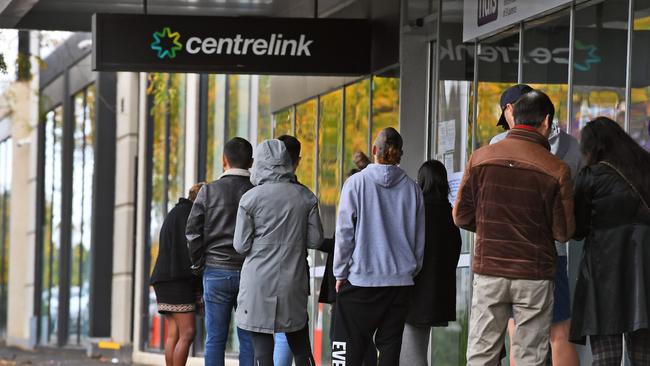Rush job a keeper, but amendments needed to better support business

In doing so, we should be inspired by what other countries have done to support their workers and businesses, sometimes relying on schemes that have been in place for more than a decade, during which they have had ample time to finetune them.
In hindsight, the government probably set the bar too high in establishing JobKeeper as a subsidy with the dual objective of supporting businesses as well as workers affected by the crisis. The result is a flat payment that flows fully to workers when they are stood down but that partially or fully covers employers’ wage bill for workers still working positive hours. Indeed, it fully covers the wages of workers who were paid less than the JobKeeper amount.
This feature is combined with relatively tight eligibility criteria for employees and businesses that make temporary visa holders and many casuals ineligible. Businesses, and their employees, are also ineligible if their drop in turnover is less than 30 per vent for small businesses and 50 per cent for larger businesses. Recent research suggests as many as two out of every three workers losing hours because of COVID-19 do not receive JobKeeper.
The support provided to businesses is not well targeted. As a consequence, many affected workers and businesses are falling through the cracks At one extreme, businesses that were required to shut down receive no direct financial support as JobKeeper is flowing fully to employees. At the other extreme, there are employers eligible to receive JobKeeper payments for all staff, even though parts of the business are relatively unaffected because they can continue with some operations (for example, online sales).
The result is that JobKeeper is providing a wage subsidy that disproportionately benefits the businesses that cut hours the least (among those eligible), even though these businesses are unlikely to be the most affected by the crisis. JobKeeper is also more supportive of businesses in labour-intensive than capital-intensive sectors since it is tied to the size of the workforce. This may be an intended feature, but it does not allow for targeting support to the most affected businesses.
Trying to support businesses and workers affected by the crisis through a single scheme tied to the size of a firm’s workforce may have been too ambitious. Instead, JobKeeper could be reformed to target its support towards workers facing reduced hours or pay cuts (or both), while different forms of financial support should be provided to businesses.
Several schemes that support workers in Europe are proportional to lost hours and flow directly to workers, not through employers. The government pays a proportion of a worker’s lost earnings, say 80 per cent, and it is up to the employer to make up the remaining shortfall. In France and Britain similar payments are set at 70 to 80 per cent of a worker’s wage, with a cap at 4.5 times the minimum wage in France and £2500 ($4495) a month in Britain.
Like JobKeeper, these allow valuable connections between employers and employees to be maintained even when employees are stood down. The key difference is that such schemes target government support to workers facing reduced earnings because of lost hours and still with the same employer. As support flows to employees, not employers, these worker-based schemes are less susceptible to gaming by employers manipulating turnover to be eligible, as appears to be happening here. Also, they offer the flexibility to reduce the proportion of lost earnings covered by the government as the economy recovers, as will soon be the case in Britain.
Australian institutional arrangements, however, may make the introduction of such schemes here difficult or impractical; for instance, for employees paid annual salaries and not by the hour. But it could be applied to employees paid by the hour, and tweaking the Australian Taxation Office real-time wage data collection system may allow it to be applied to others.
If JobKeeper were redirected to target the most affected workers, then other forms of support could be more easily designed to support businesses. Government payments and bank loan repayment holidays, or tailored direct government transfers can be targeted to the most affected sectors, or sectors the government deems most deserving of financial support. In doing so, the government would not need to be concerned with leaving workers behind as they will be supported through the revamped JobKeeper payments, irrespective of their sector. Of course, the targeting will never be perfect, but there are good reasons to believe it would be a great improvement on JobKeeper.
Nicolas Herault is an associate professor at the Melbourne Institute: Applied Economic & Social Research, University of Melbourne.







The JobKeeper scheme rushed in to support businesses and employees affected by the pandemic was never going to be perfect. Indeed, numerous economists and commentators have pointed out important design flaws. The discussion now focuses on how to fix it and possibly extend it beyond the original six-month period.